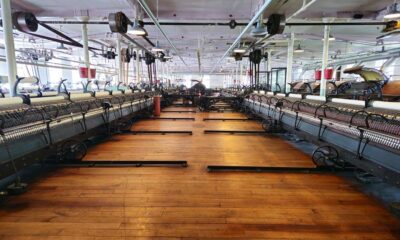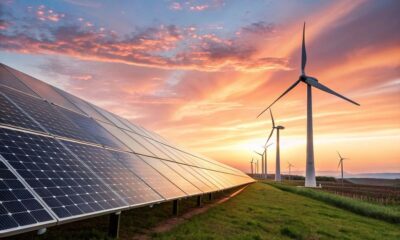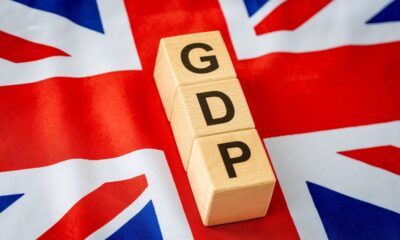Fashion
Nigeria, Brazil sign MoU to boost cotton productivity in former
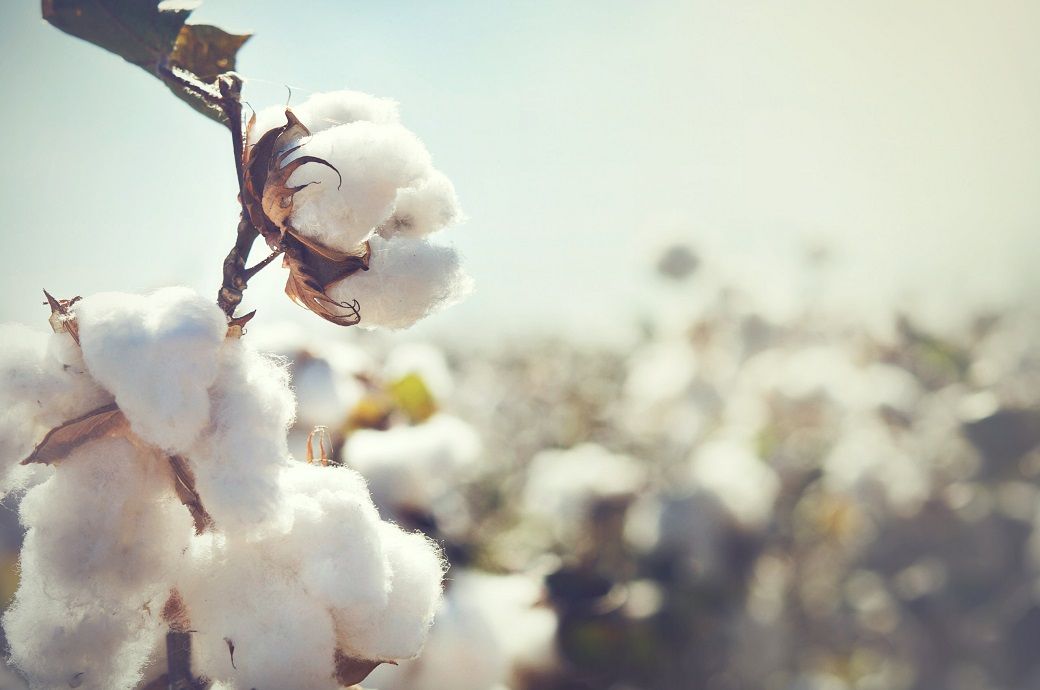
This was announced by Nigerian minister of innovation, science and technology Uche Geoffrey Nnaji during Nigerian President Bola Ahmed Tinubu’s state visit to Brazil, where the MoU was signed.
Nigeria and Brazil recently signed an MoU in science, technology and innovation to strengthen biotechnology cooperation to boost sustainability, traceability and productivity of cotton cultivation in Nigeria.
Nigeria will leverage Brazil’s experience in crop circle optimisation, pest resistant technologies and seed performance trails, and also access Brazilian Cotton Association’s research data.
He said that Nigeria will leverage Brazil’s experience in crop circle optimisation, pest resistant technologies and seed performance trails, and also access Brazilian Cotton Association’s (ABRAPA) research data, an official release from Nigeria’s Federal Ministry of Information and National Orientation said.
Nigeria’s National Biotechnology Development Agency, National Space Research and Development Agency and Energy Commission of Nigeria will benefit from such shared Brazilian data, the release added.
Fibre2Fashion News Desk (DS)
Fashion
UK production output drops 0.3% QoQ during quarter to Aug 2025: ONS
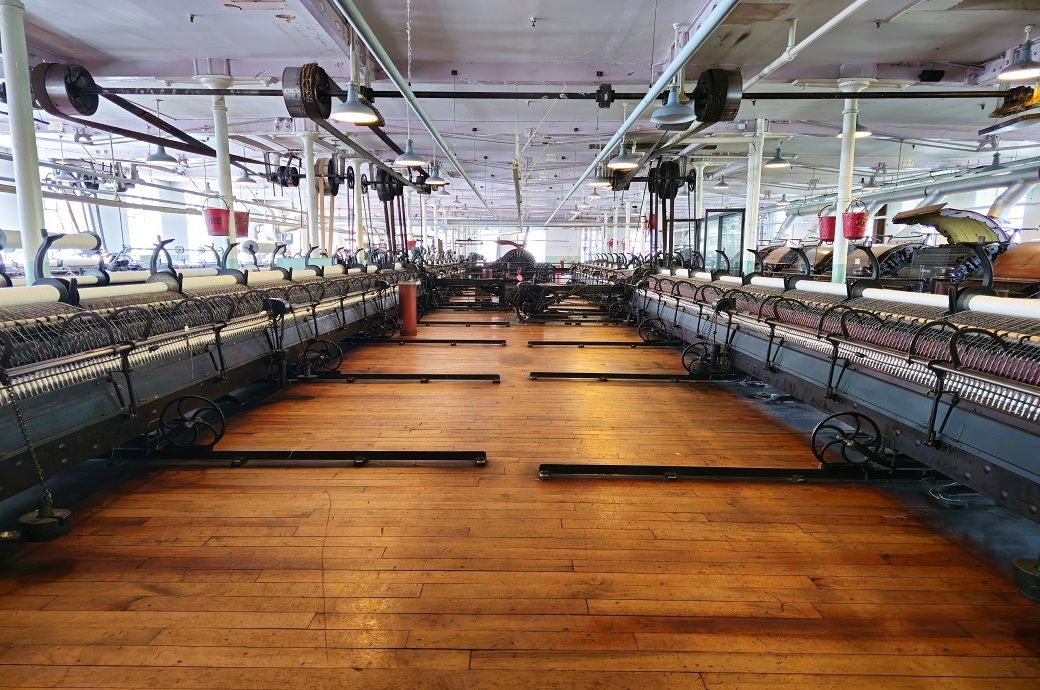
The largest negative contributor to the three-monthly fall in August came from electricity and gas (down by 2.6 per cent QoQ), while manufacturing remained flat.
UK production output was estimated to have decreased by 0.3 per cent quarter on quarter (QoQ) during the quarter to August.
The largest negative contributor to the three-monthly fall came from electricity and gas, while manufacturing remained flat.
Monthly production output was estimated to have increased by 0.4 per cent in the month, partly due to increases in manufacturing output.
Monthly production output was estimated to have increased by 0.4 per cent in the month. This followed a decline in July 2025 (down by 0.4 per cent month on month) and a rise in June 2025 (up by 0.9 per cent), an ONS release said.
The rise in monthly production output in August resulted partly from increases in manufacturing (up by 0.7 per cent). Eight of the 13 manufacturing sub-sectors saw a monthly increase.
Fibre2Fashion News Desk (DS)
Fashion
New EU strategy proposed to shape global clean, resilient transition
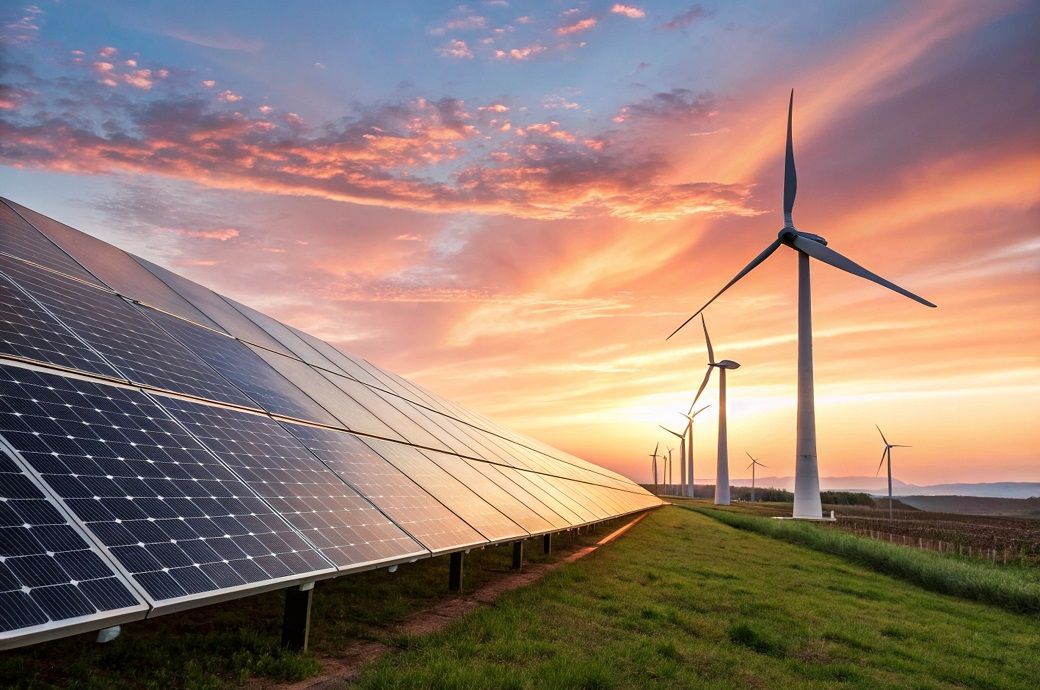
The new EU global climate and energy vision adds an external dimension to the Clean Industrial Deal and sets a new strategy to strengthen existing partnerships and forging new, mutually beneficial ones, an official release said.
A new strategy for securing Europe’s place in global markets was recently proposed by using diplomacy to protect core EU interests, promoting standards for a fair transition and addressing new security threats and challenges.
The vision proposes to ramp up the EU’s clean technology manufacturing capacity to reach 15 per cent of the global technology market, while improving its industrial competitiveness.
Launched in February 2025, the EU’s Clean Industrial Deal is a strategy to boost European industrial competitiveness and decarbonisation by lowering energy costs, accelerating clean technology, supporting circularity and developing skills.
As a market still dependent on fossil energy imports, renewables will remain at the heart of the EU’s clean transition. Almost half of EU electricity was generated by renewables in 2024. This significantly increases the EU’s energy independence and security. The EU has also seen an increase of 111% in the share of clean energy investments since 2015.
The vision proposes to ramp up the EU’s clean technology manufacturing capacity to reach 15 per cent of the global technology market, while improving its industrial competitiveness, in line with the Clean Industrial Deal.
The vision also reaffirms the EU’s commitment to a rules-based international order.
The EU will continue driving robust international climate policies. This includes stronger action to address the nexus between climate change, environmental degradation, and security and resilience by engaging at multilateral (UN and NATO) and bilateral levels.
It will implement the actions set out in the 2023 Joint Communication on the Climate-Security Nexus and continue combatting information manipulation and disinformation on climate change, the release noted.
The new vision presents a series of strategic actions for global energy and climate engagement to drive the clean transition, competitiveness and clean technologies and investments.
These include injecting political momentum by encouraging multilateral and bilateral fora and initiatives to deliver on the Paris Agreement and Global Stocktake commitments; boosting EU clean tech businesses internationally and enabling climate resilient investments by organising business fora, setting up an EU external Clean Transition Business Council, scaling up investments and establishing business models for climate adaptation; and supporting and connecting European businesses with global investments by making full use of the Global Gateway Investment Hub to assist joint investments projects outside the EU.
These also include expanding networks of mutually beneficial partnerships for global and resilient clean value chains and reforming global financial institutions for the clean and resilient transition and stepping up EU’s climate security work.
Fibre2Fashion News Desk (DS)
Fashion
New US port-fee regime targeting China fails to achieve targets: AAFA
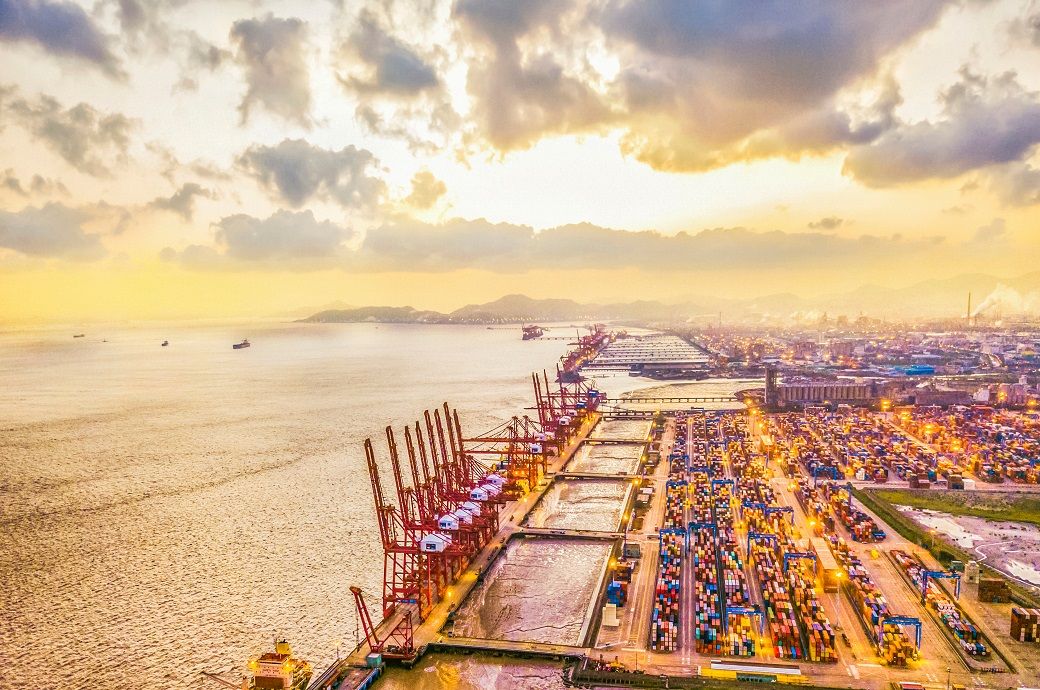
The stated objective of this new port-fee-regime is to address unfair practices that led to China’s dominance in global shipbuilding and strengthen the US shipbuilding industry. China produced 53 per cent of the world’s ships in 2024.
As the US unveiled a new port fee regime targeting China, AAFA said these fees “fail to achieve their stated objectives”.
These fees are set to rise each April, raising the risk that the costs will turn too high for some carriers and begin to be passed along to shippers.
Carriers have deployed non-Chinese-built ships on US routes, while continuing to expand orders at Chinese shipyards, it noted.
These fees are set to increase each April, raising the risk that the costs will become too high for some carriers to absorb and begin to be passed along to shippers, AAFA noted.
“Rather than reducing reliance on Chinese shipbuilding, carriers have simply reshuffled their fleets by deploying non-Chinese-built ships on US routes, while continuing to expand orders at Chinese shipyards. China’s global market share in shipbuilding continues to rise, climbing above 65 per cent in June and reaching 84 per cent in August,” said AAFA executive vice president Nate Herman said in a release.
“At the same time, Chinese carriers are shifting calls from US ports to Canada and Mexico to maintain North American service while avoiding the fees. This diverts business away from US ports and reduces work opportunities for American longshoremen,” he added.
“We urge the Trump administration to reconsider this policy. Instead of imposing punitive port fees that create inefficiencies and divert business away from US ports, the focus should be on creating strong domestic incentives and providing sustained support to revitalise American shipbuilding,” said AAFA trade and transportation specialist Audrey Clark.
Fibre2Fashion News Desk (DS)
-

 Tech1 week ago
Tech1 week agoAustralian airline Qantas says millions of customers’ data leaked online
-

 Tech1 week ago
Tech1 week agoUK police to upgrade illicit asset recovery system | Computer Weekly
-

 Tech6 days ago
Tech6 days agoWhat Is Google One, and Should You Subscribe?
-

 Tech5 days ago
Tech5 days agoWhy the F5 Hack Created an ‘Imminent Threat’ for Thousands of Networks
-

 Entertainment1 week ago
Entertainment1 week agoVictoria Beckham thinks Brooklyn Beckham is fed up with Nicola Peltz drama?
-

 Tech1 week ago
Tech1 week agoMassive UK dieselgate lawsuit reaches court
-

 Business1 week ago
Business1 week agoEnvironment minister Bhupender Yadav heads to Brazil: India engages in pre-talks ahead of COP30; climate finance and adaptation on agenda – The Times of India
-

 Tech1 week ago
Tech1 week agoA New Algorithm Makes It Faster to Find the Shortest Paths


